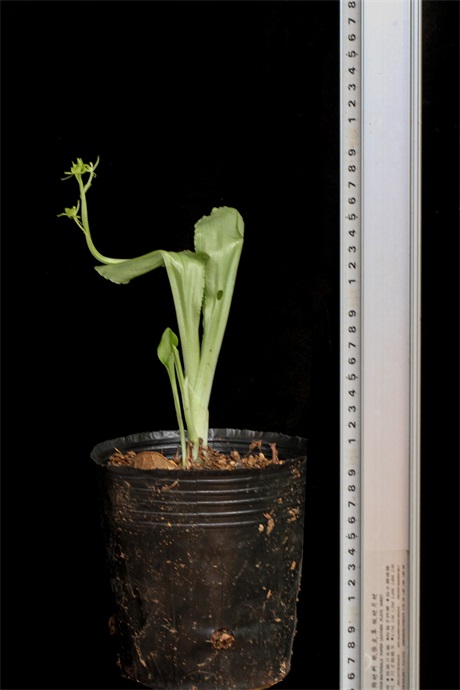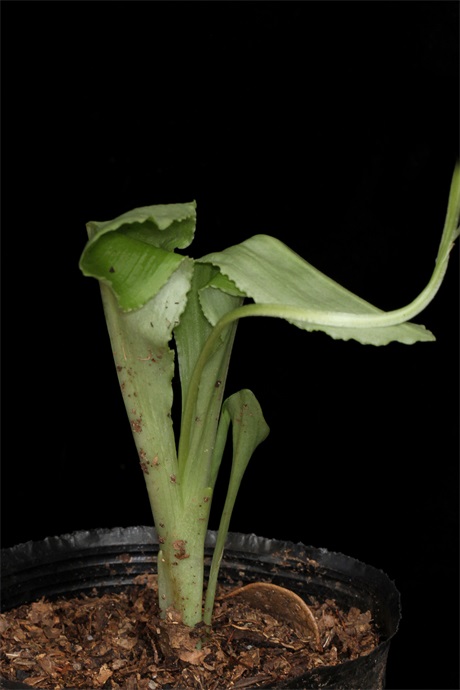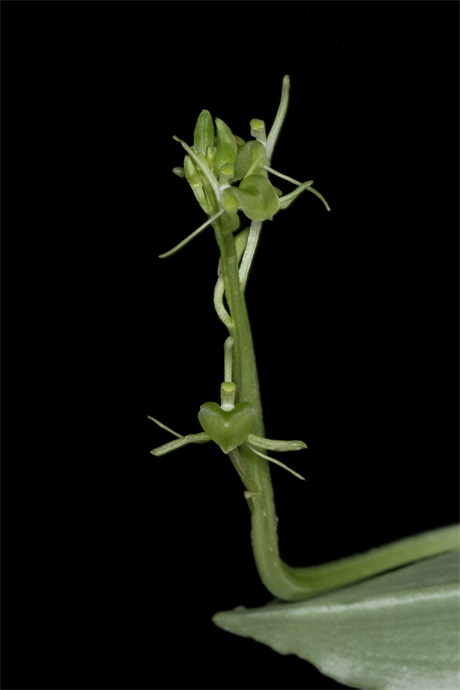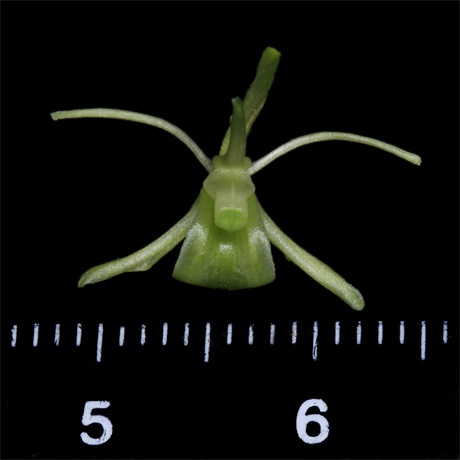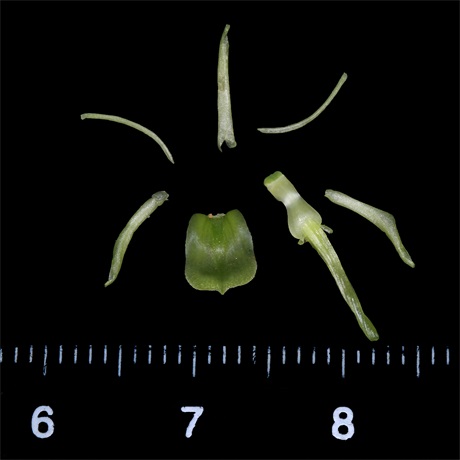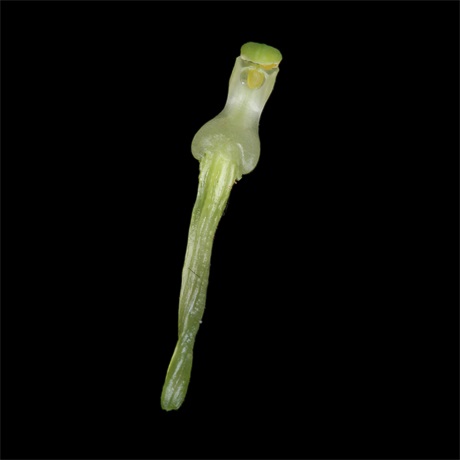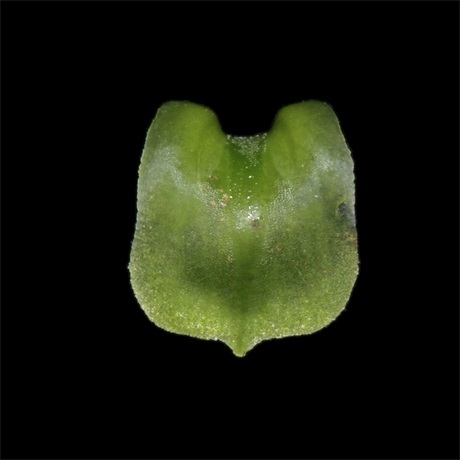羊耳蒜(中国高等植物图鉴)
Liparis japonica (Miq.) Maxim. in Bull. Acad. Imp. Sci. St. Petersb. 31: 102. 1887; Komarov in Acta Hort. Petrop. 20: 531. 1901; Hand. -Mazz., Symb. Sinic. 7: 1351. 1936. M. Noda, Fl. N. E. Prov. China 315. 1971; 西藏植物志5: 842.图464 (1-2). 1987; 台湾兰科植物彩色图鉴2: 576. 1990; 横断山区维管植物2: 2567. 1994; 东北植物检索表 (第二版) 899. 1995; 中国兰花全书192.1998. ——Microstylis japonica Miq. in Ann. Mus. Bot. Ludg. ——Bat. 2: 203. 1865. ——Liparis pauciflora Rolfe in Kew Bull. 193. 1896. ——Liparis giraldianaKraenzl. ex Diels in Bot. Jahrb. 36. Beibl. 82: 27. 1905. ——Liparis elongate Fukuyama in Ann. Rep. Taihoku Bot. Gard. 3: 82. 1933. ——Liparis lilifolia auct. non L. C. Rich.: Komarov in Acta Hort. Petrop. 20: 532. 1901.
Forests, thickets, grasslands; 1100-2800(-3400) m. Gansu, Guizhou, Hebei, Heilongjiang, Henan, W Hubei, Jilin, Liaoning, Nei Mongol, Shandong, S Shanxi, Sichuan, Taiwan, Xizang, Yunnan [Japan, Korea, Russia (Far East)].
Liparis makinoana Schltr and L. kumokiri F. Maekawa were added to the ' Northeast Plants Key ' ( Second Edition ) ( 1995 ) and are believed to occur in Heilongjiang, Jilin and Liaoning. These two species are very close to this species, only flower size and color slightly different. The former flower is larger than this species and mostly purplish red ; the latter flower is mostly pale green, less purple, but the lips are reversed. However, this species is a widely distributed species, in the flower color, size changes have a larger magnitude. Whether the above two species can be established, there are still great doubts, according to dry specimen judgment is even more difficult. Moreover, the figure drawn in the ' Northeast Plants Key List ' ( Second Edition ) is not consistent with the key list. The lip flap of L.kumokiri is ' sharp and significantly outward ( reverse ) ', but not in the figure. In addition, Liparis makinoana ( 3 : 52.1974 ) is recorded in ' Original Japanese Plant Illustrated ' from Northeast China, but no specimens are cited. These are to be further studied. |
| |
Herbs, terrestrial, rarely epiphytic. Pseudobulbs clustered, ovoid to globose, 5-12 × 3-8 mm, enclosed by 2 or 3 membranous sheaths. Leaves 2; petiole 1.5-8 cm, base sheathing, not articulate; blade ovate or ovate-oblong to subelliptic, (2-)5-10(-16) × (1-)2-4(-7) cm, base contracted into petiole, margin entire, occasionally wavy, apex acute to obtuse. |
| |
Inflorescence 10-25 cm; peduncle 3.5-15 cm, winged; rachis 2-17 cm, laxly to subdensely few to many flowered; floral bracts lanceolate, 1-5.5 mm, apex acute. Flowers greenish, often tinted pink to purple or light purple; pedicel and ovary 5-10 mm. Dorsal sepal ligulate-lanceolate, 5-9 × 1.8-2 mm, 3-veined, apex subacute; lateral sepals parallel below lip, obliquely oblong-lanceolate, 4.5-8.5 × 1.5-2 mm, 3-veined, apex subacute. Petals deflexed, parallel to and below lateral sepals, linear, 5-7 × ca. 0.5 mm; lip cuneate to oblong-obovate, 5-6 × 3-3.5 mm, base contracted, without a callus, margin entire to irregularly suberose, apex broadly apiculate, truncate to emarginate. Column weakly curved, 2.5-3.5 mm, base dilated, apex with small subquadrate wings. Fl. Aug-Oct. |
| |
| ||
| ||
|
| |
